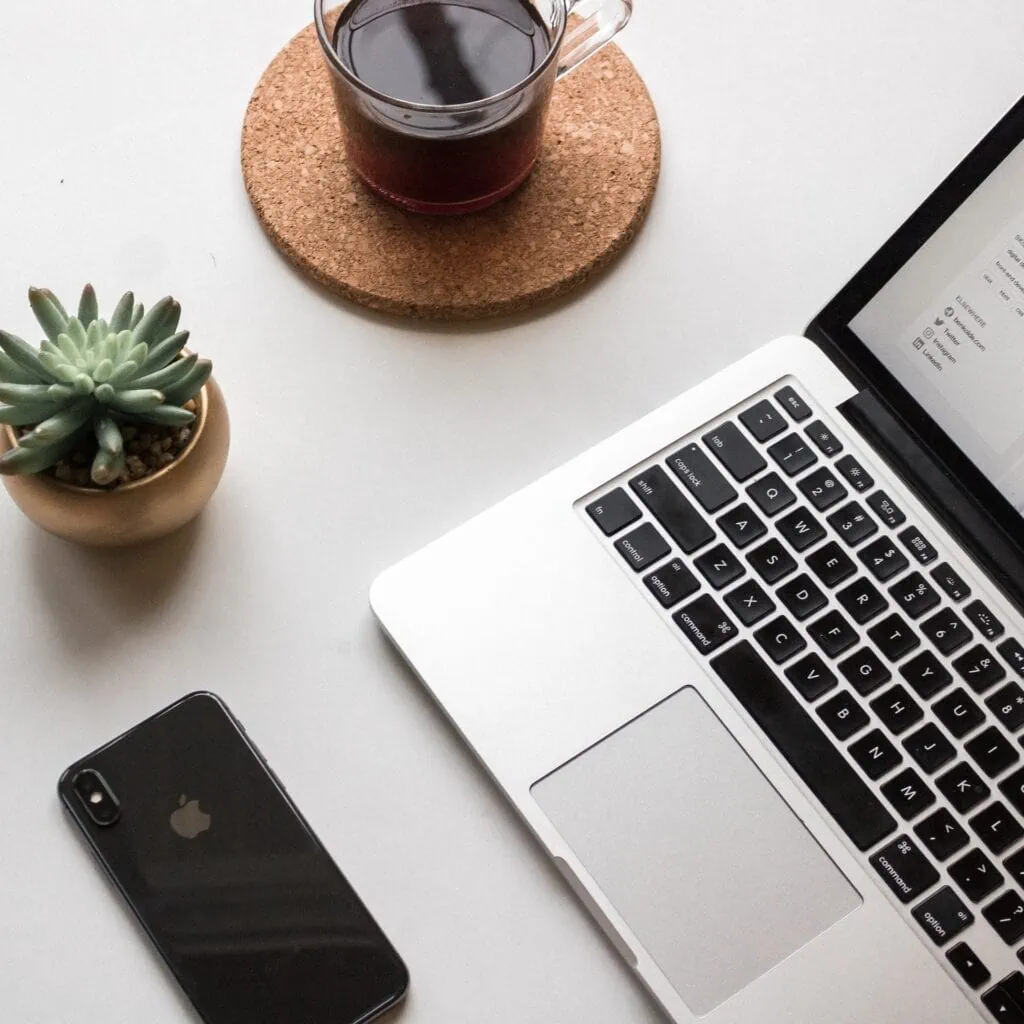
Photo by Ben
In the fast-paced world of digital communication, responding promptly to urgent or time-sensitive emails has emerged as an effective practice. When you receive such an email from a colleague, it’s crucial to reply as soon as you’ve read it. This timely response not only confirms receipt of their message but also manages their expectations, alleviating unnecessary worry and confusion.
Imagine you receive an email stating, “I need this task completed within the next three hours.” If you can fulfill this request, it’s not enough to merely complete the task and notify them when you’re finished. It’s far more beneficial to respond immediately, assuring them that you’ve understood the urgency and are starting on the task right away.
Why is this necessary? Most people find it hard to interpret silence, leading to a multitude of unsettling questions: “Did my message reach its destination? Is the recipient working on the requested task? Was my email overlooked? Do they understand the priority?” People naturally worry about such things and seek confirmation that their message has been received and understood.
Tips for Mastering Acknowledgments in Emails
Tip 1: Make Your Acknowledgments Meaningful
Don’t reply with a simple “Ok” unless the situation calls for it. While an “Ok” is a fine response to a direct question or an uncomplicated acknowledgment, it becomes meaningless and misleading when the email contains multiple actions and questions.
In such cases, your acknowledgment should contain a bit more information to reassure your correspondent. For example:
“Ok. I’ll get this done by 5 p.m. today.”
“Thanks – I’ll reply back to your questions before the deadline.”
“Will do. I’ll forward the attachment in the next hour.”
Also, it’s crucial to clarify any discrepancies in expectations within your acknowledgments. This allows your correspondent to manage their expectations accordingly.
“Acknowledged – I will try my best, but no promises.”
“Got it, but I’m traveling and need time until tomorrow afternoon to get back to you.”
Tip 2: Request an Acknowledgment Explicitly
If you’re the one sending a time-sensitive email and you want recipients to acknowledge receipt, make this clear in your message. Here are a few examples:
“Please confirm that you received this email and that you’ll get this done.”
“Kindly let me know that you read this message as soon as you get it.”
Clear communication about what you expect from your colleagues is a key strategy in improving email interactions.
Conclusion
In summary, responding immediately to urgent emails and sending meaningful acknowledgments are critical aspects of effective email communication. These practices not only ensure clarity and transparency but also help manage expectations, leading to a smoother and more efficient workflow. Next time you find an urgent email in your inbox, remember to acknowledge it promptly, and whenever you send time-sensitive emails, explicitly ask for an acknowledgment. Adopting these simple habits can greatly enhance your email communication skills and the overall productivity of your team.
If you’d like to learn more, check out “Don’t Reply All”
